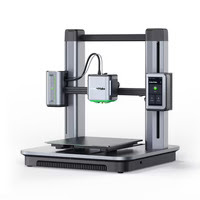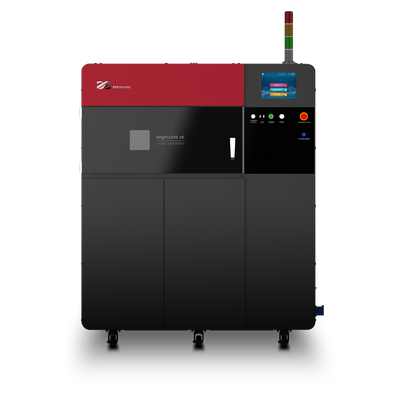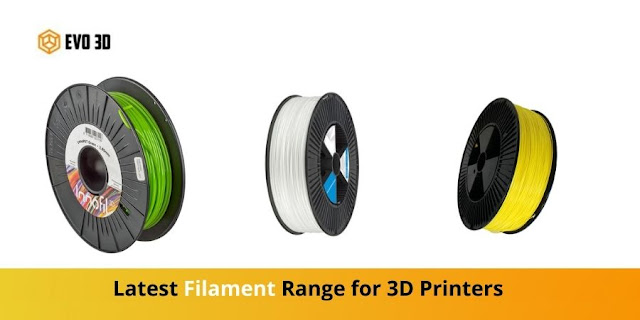Factors to Consider Before Buying A Large Format 3D Printer
Since its inception in the 1980s, additive manufacturing, often known as 3D printing has advanced significantly. Although quick prototyping was the original purpose of 3D printing, the field has expanded to include a variety of technologies.
The use of 3D printing has increased dramatically as the technology has become popular. A large-format 3D printer has a number of applications in different industries, but it is specifically used for tooling support, visual and functional prototypes and for end-use components.
Technologies for industrial 3D printers are quickly reaching crucial milestones in terms of print quality, dependability, and cost structure. Many organisations are choosing to utilise 3D printing techniques that were previously exclusive to a small high-tech industry because of recent advancements in equipment, materials, and software.
What is Industrial FDM 3D Printing?
Industrial 3D printing is a manufacturing process that turns a digital computer-aided design (CAD) file into a tangible object. Until the thing is finished, thin layers of material are gradually added. The method is the opposite of subtractive manufacturing, in which a product can be made by cutting material. Compared to conventional methods, a large format 3D printer generates less waste, doesn't call for the use of tools or moulds, allows for the customization of each output, and speeds up the time it takes for complex designs to reach the market.
If you are planning to buy a large format FDM printer, you can consider various factors to get the best of additive manufacturing. So, this is how you can choose The best large-format 3D printer and consider some of the following factors.
Factors to Consider Before Buying a Large Format 3D Printer
1.Print speed- When printing, speed is a crucial issue to take into account. You should be aware of this feature before purchasing an FDM 3D printer. It is unquestionably not a problem if you are using the 3D printer for recreational purposes. However, always consider speed while using 3D printers for business. A faster speed would have little effect on smaller print jobs, but in larger projects, speed can lead to fewer fine details and result in problems like ringing, vertical blending, or ghosting artefacts.
2. Build size- The space measurements on which an FDM printer may manufacture the model are referred to as the "build volume" in 3D printing. Small to moderate size may be sufficient for the normal customer; however, if you need to produce large prototypes or separate parts to assemble a larger one, you should search for 3D printers with a greater build capacity. Professional 3D printers mostly come with high-end features and greater build sizes.
3. Connectivity - For printing through a 3D printer, you need a 3D printable file and choose a USB slot/ SD card for connection to print reliably. Modern industrial 3D printers are available in the market, equipped with WI-FI and Ethernet technology, which allows networking without cables are available in the market. So, this is something that you cannot ignore.
4. Accuracy - Investing in a high-resolution 3D printer is crucial. It doesn't need to be accurate and precise, though. Precision is associated with repeatable activities, whereas accuracy relates to meeting the goal criteria. Therefore, it is essential to look for an FDM printer that is accurate and hits close to the target area on the print bed.
5. Cost- Last but not least, cost is another essential factor to consider before buying a printer. The whole 3D printing market is accessible in terms of the result you expect and the models you get that offer a big print volume and quality.
To conclude,
These are some factors to consider before buying an Industrial 3D printer. However, you must write down your preferences, needs, and intended purposes before purchasing an industrial FDM printer.
When selecting your ideal model, the aforementioned 3D printer features are among the most important factors before buying a printer. To get the most out of your purchase, you should thoroughly consider each one of them and decide which model is best for you within the price range.





Comments
Post a Comment